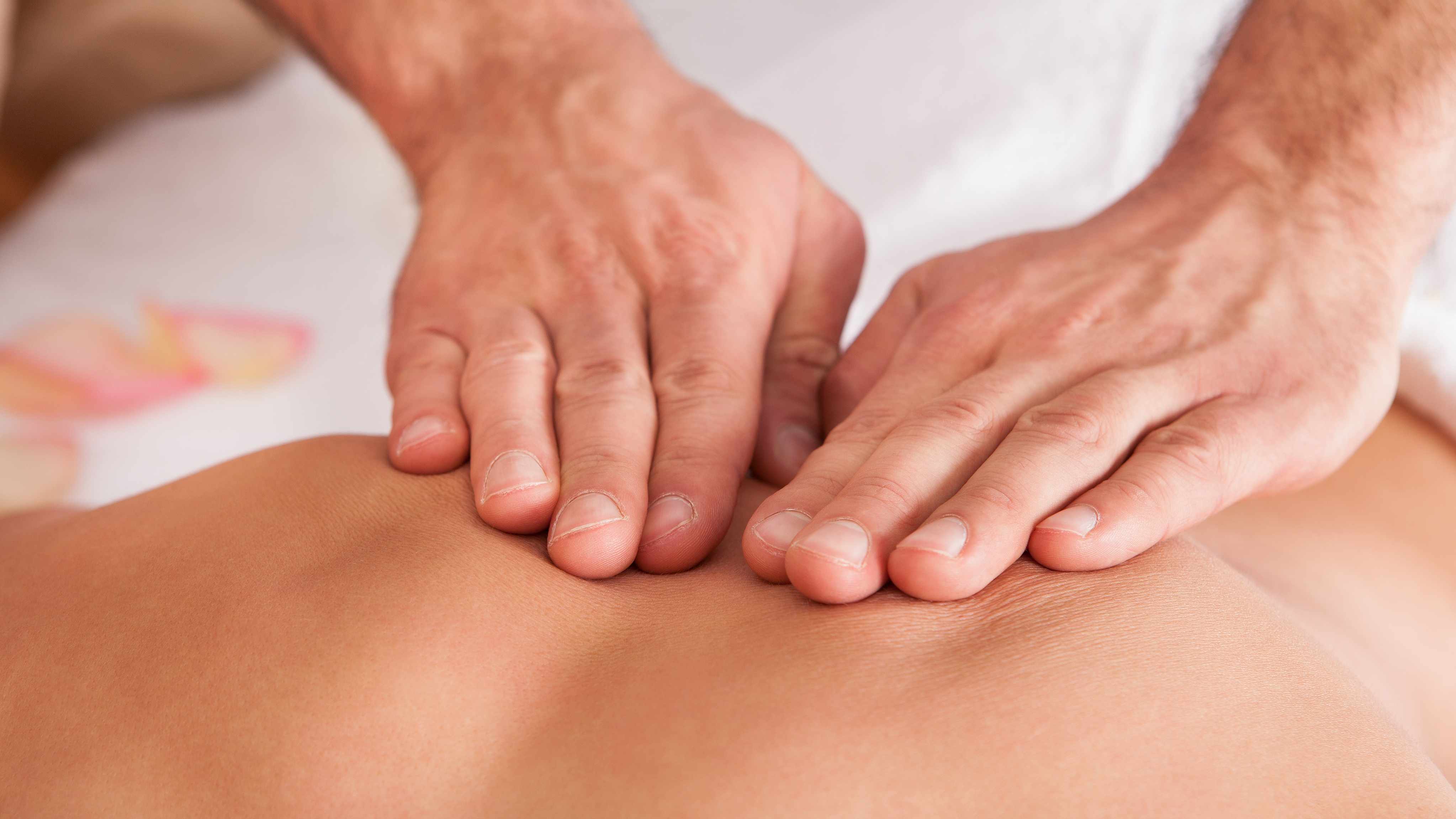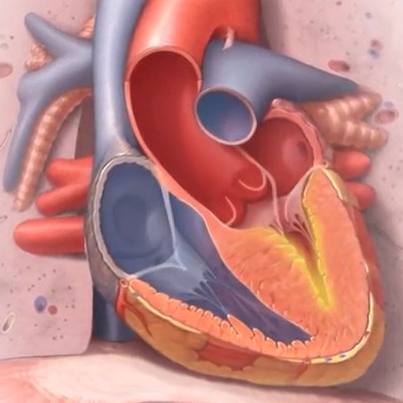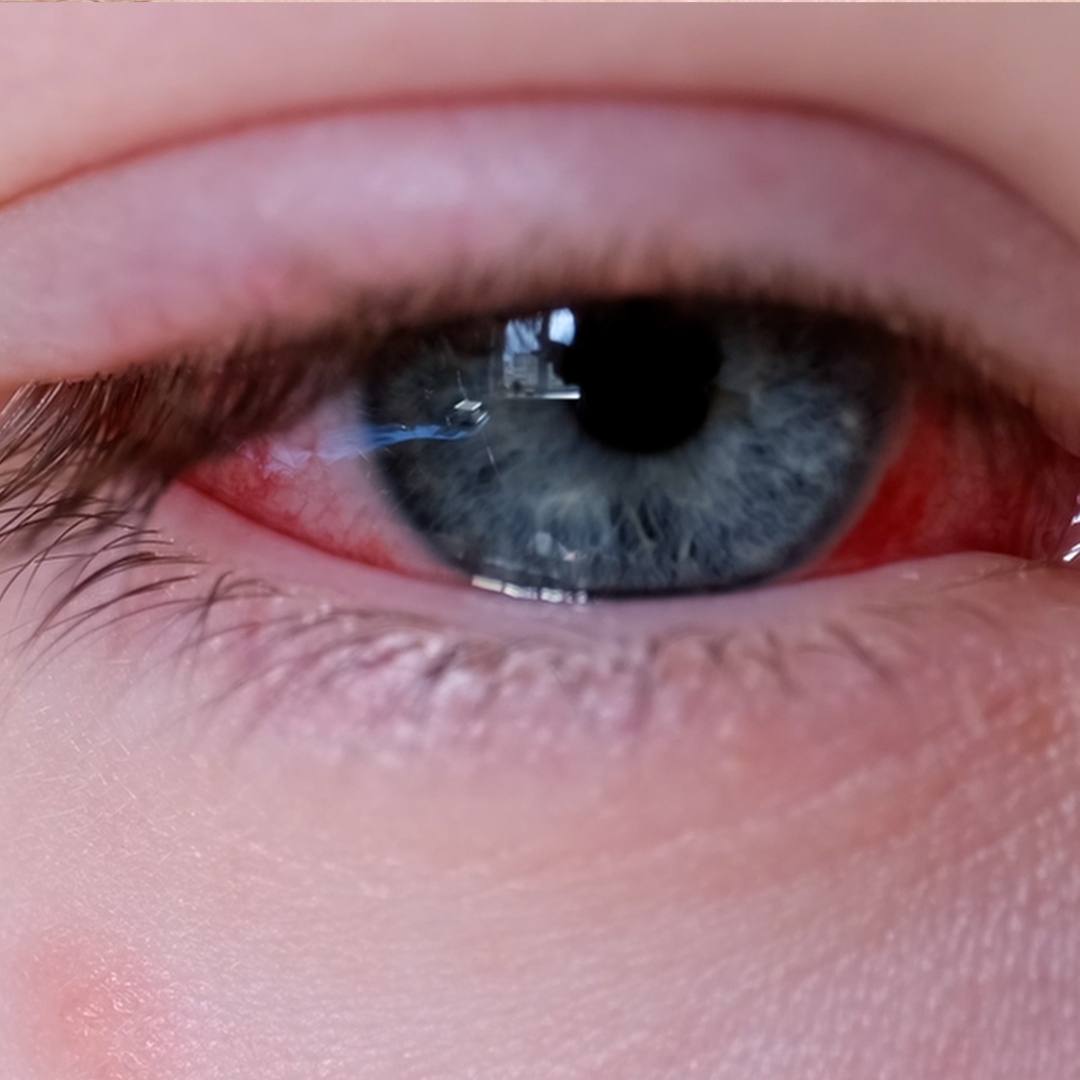-
Featured News
Home Remedies: Treatments and therapies for back pain
 Most acute back pain gets better with a few weeks of home treatment. However, everyone is different, and back pain is a complex condition. For many, the pain doesn't go away for a long period, but only a few have persistent, severe pain.
Most acute back pain gets better with a few weeks of home treatment. However, everyone is different, and back pain is a complex condition. For many, the pain doesn't go away for a long period, but only a few have persistent, severe pain.
For acute back pain, over-the-counter pain relievers and the periodic use of heat might be all you need. But bed rest is not recommended. Keep moving. Continue your activities as much as you can tolerate. Certainly stop activity that increases pain, but don't avoid activity out of fear of pain. If home treatments aren't working after several weeks, your health care provider might suggest stronger medications or other treatments and therapies.
Medications
Depending on the type of back pain you have, your health care provider might recommend the following:
- Over-the-counter (OTC) pain relievers.
Nonsteroidal anti-inflammatory drugs (NSAIDs), such as ibuprofen (Advil, Motrin IB, others) or naproxen sodium (Aleve), might relieve acute back pain. Take these medications only as directed by your health care provider. Overuse can cause serious side effects. If OTC pain relievers don't relieve your pain, your health care provider might suggest prescription NSAIDs. - Muscle relaxants.
If mild to moderate back pain doesn't improve with OTC pain relievers, your health care provider might also prescribe a muscle relaxant. Muscle relaxants can make you dizzy and sleepy. - Topical pain relievers.
These are creams, salves or ointments you rub into your skin at the site of your pain. - Narcotics.
Drugs containing opioids, such as oxycodone or hydrocodone, may be used for a short time with close supervision by your health care provider. Opioids don't work well for chronic pain, so your prescription will usually provide less than a week's worth of pills. - Antidepressants.
Low doses of certain types of antidepressants — particularly tricyclic antidepressants, such as amitriptyline — have been shown to relieve some types of chronic back pain independent of their effect on depression. - Injections.
If other measures don't relieve your pain, and if your pain radiates down your leg, your health care provider may inject cortisone — an anti-inflammatory medication — or numbing medication into the space around your spinal cord (epidural space). A cortisone injection helps decrease inflammation around the nerve roots, but the pain relief usually lasts less than a few months.
Physical therapy and exercise
A physical therapist can apply a variety of treatments, such as heat, ultrasound, electrical stimulation and muscle-release techniques, to your back muscles and soft tissues to reduce pain.
As pain improves, the therapist can teach you exercises to increase your flexibility, strengthen your back and abdominal muscles, and improve your posture. Regular use of these techniques can help keep pain from returning.
Alternative treatments
A number of alternative treatments might ease symptoms of back pain. Always discuss the benefits and risks with your health care provider before starting a new alternative therapy.
- Chiropractic care.
A chiropractor hand-manipulates your spine to ease your pain. - Acupuncture.
A practitioner of acupuncture inserts sterilized stainless steel needles into the skin at specific points on the body. Some people with low back pain report that acupuncture helps relieve their symptoms. - Transcutaneous electrical nerve stimulation (TENS).
A battery-powered device placed on the skin delivers electrical impulses to the painful area. Studies have shown mixed results as to TENS' effectiveness. - Massage.
If your back pain is caused by tense or overworked muscles, massage might help. - Yoga. There are several types of yoga, a broad discipline that involves practicing specific postures or poses, breathing exercises, and relaxation techniques. Yoga can stretch and strengthen muscles and improve posture, although you might need to modify some poses if they aggravate your symptoms.
This article is written by Mayo Clinic staff. Find more health and medical information on mayoclinic.org.
Related posts:
- Mayo Clinic Q and A: Lower back pain — treatment and prevention
- Mayo Clinic Minute: Got back pain?
- Infographic: Low back pain
- 4 steps for back pain relief
- Acupuncture for back pain?
- Sleeping positions that reduce back pain
- Back pain relief: Ergonomic chair or fitness ball?
- Posture check: Do you stand up straight?
Related Articles







